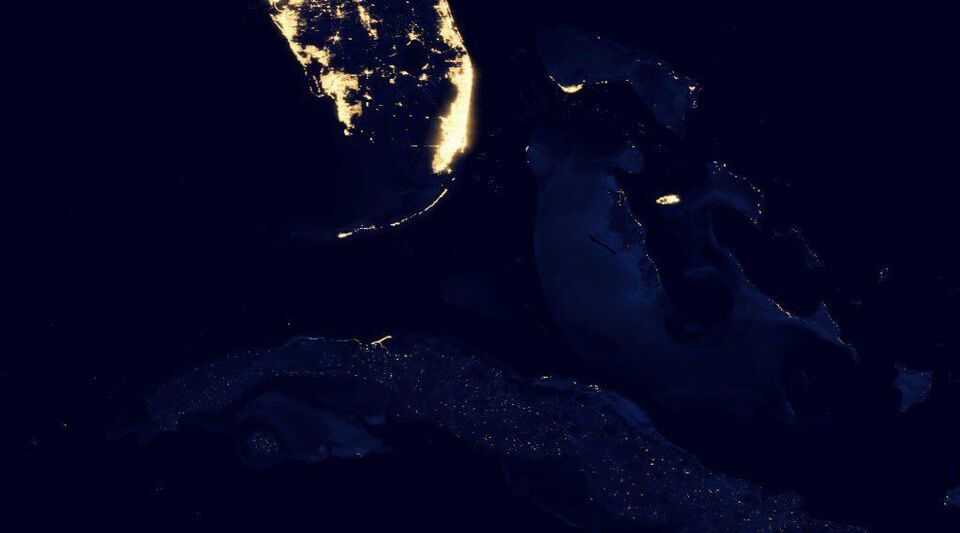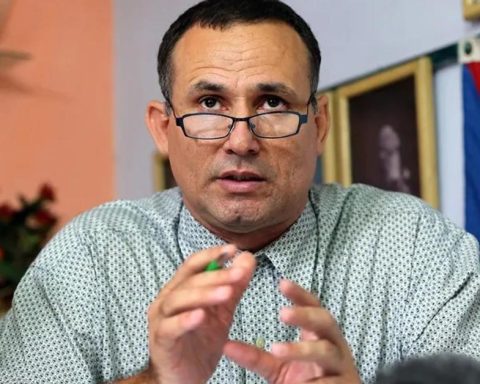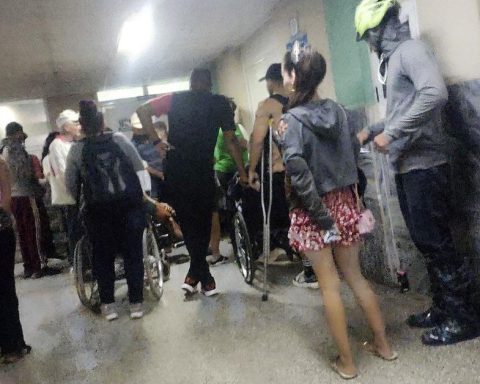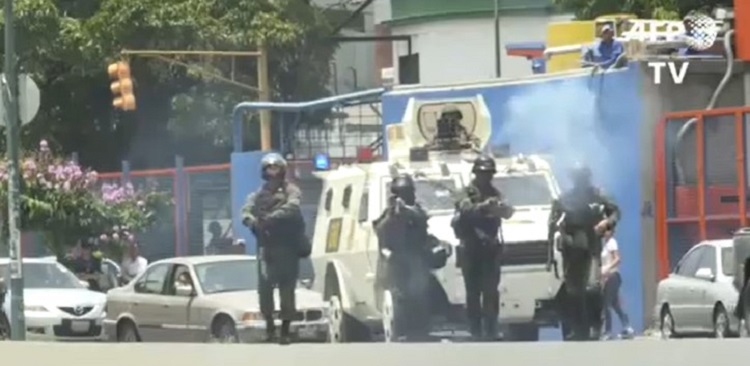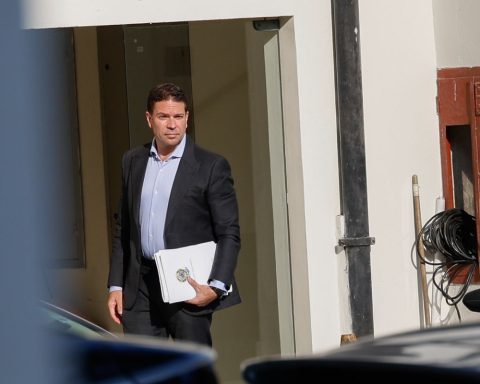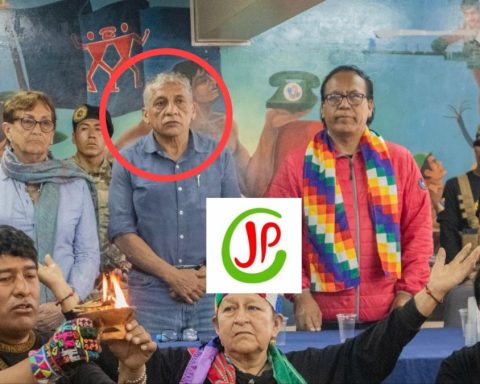In the midst of the absolute darkness of the Island, Cuban Television updated the information about the general blackout, which only citizens with electric generators escaped, close to midnight this Wednesday. The technical director of the Electric Union, Lázaro Guerra, explained that the thermoelectric plants Lidio Ramón Pérez, in Felton, and October 10, in Nuevitas, had already started the start-up and postponed until 7:30 this morning a new informative part, but the tone was not overly optimistic.
The engineer explained again, in terms that were too technical for the population, the progress made to solve the lack of electricity generation that was triggered last night, when the system was fractured “in the western, central and eastern links” and became unbalanced to the point of generate “total zero”.
The specialist explained that with distributed generation (generators and other small energy sources) there was sufficient voltage to start Felton 1 and Nuevitas
Guerra explained that in order to recover the National Electric System, each of the three systems must be restored separately to finally unite them. In this sense, the eastern area had already improved at midnight “since it was complete, unlike the western area.” The specialist explained that with distributed generation (generators and other small energy sources) there was sufficient voltage to start up Felton 1 and Nuevitas, which predicts that electricity could return to that region shortly.
In the central area, the situation is also relatively hopeful, since the Varadero combined cycle power plant has been started up. But the problem is in the west, the area most damaged by Hurricane Ian, where there are breakdowns due to the strong winds and rains left by the storm.
“The process is going to be more complex because you have to certify the circuits that were uninstalled and put the load in parallel,” explained Guerra. As he detailed, in the western region they would work all morning to try to reach the Tallapiedra power plants in Havana as soon as possible; Máximo Gómez, in Artemisa; and Santa Cruz, in Mayabeque.
“The complicated thing is in Mariel, there are winds that passed, the water that fell, the entire plant must be heated… It must be incorporated tomorrow at some point,” said the Minister of Energy and Mines, Liván Arronte, who also spoke in the special and did not have good news for that region.
“We have tried some circuits and the motors have been triggered. We have not had many results in Havana, every time we manage to have a motor in service and we manage to connect it to the load, the circuits are triggered, so we have to check each little,” said the minister.
“We have tried some circuits and our engines have been fired. We have not had many results in Havana”
However, both agreed that all the plants should be able to start up this Wednesday, although it remains to be seen if the entire network can be stabilized.
“When we have a system in the three regions, we will be able to synchronize everything,” said Guerra. “The fundamental thing is to reach the large thermoelectric plants to begin the start-up process,” Arronte pointed out.
The start-up process of thermoelectric plants is being carried out with distributed generation, which, although scarce, speeds up the process, according to experts. That information allowed the journalist to make an invocation. “The thought of the unforgettable Commander in Chief Fidel Castro Ruz, once again placed in this complex situation,” he reflected aloud, passing the microphone to the engineer, who, ignoring the comment, continued with the technical details.
________________________
Collaborate with our work:
The team of 14ymedio is committed to doing serious journalism that reflects the reality of deep Cuba. Thank you for joining us on this long road. We invite you to continue supporting us, but this time becoming a member of our journal. Together we can continue transforming journalism in Cuba.
